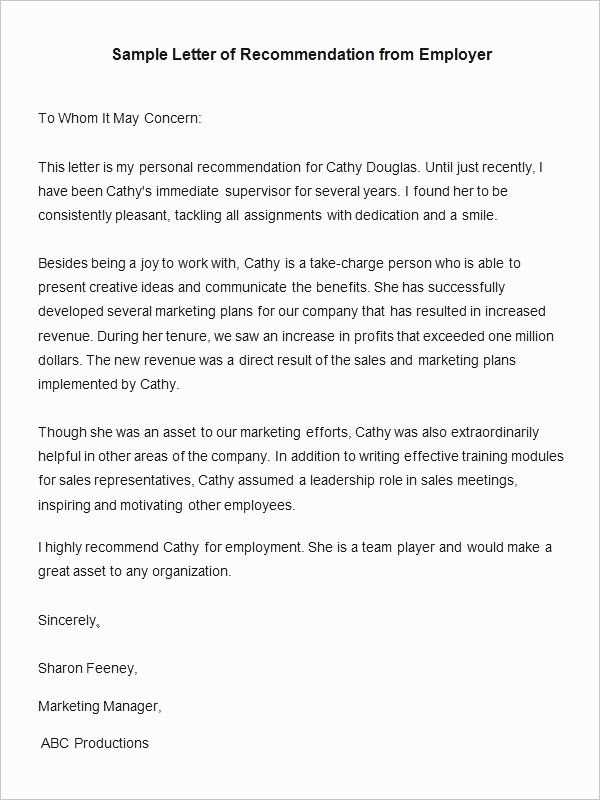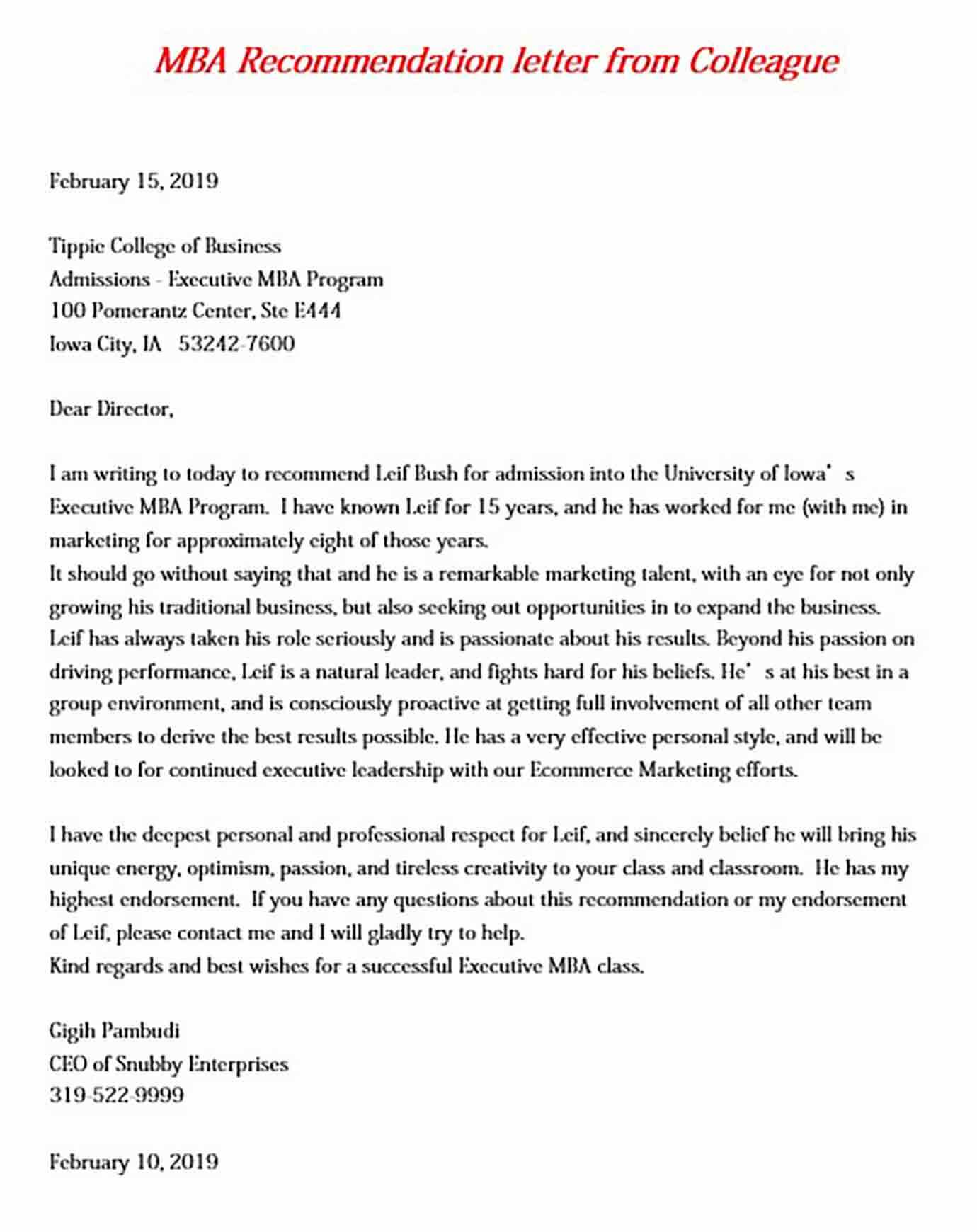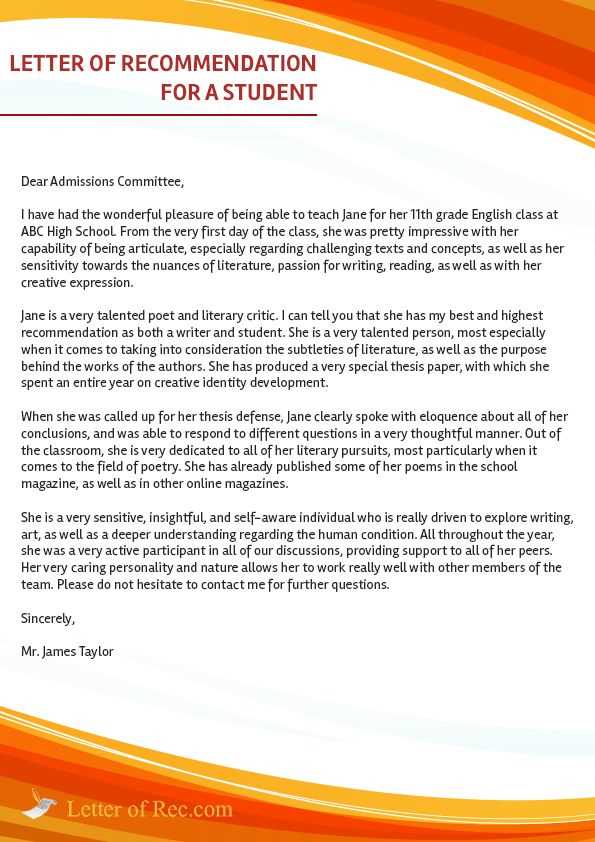Colleague Letter of Recommendation Template Guide

When you are asked to support a colleague’s career or personal development, it is essential to craft a document that reflects their skills and accomplishments accurately. This type of endorsement can be a powerful tool in helping them stand out in competitive situations, whether for a job application, academic pursuit, or other professional opportunities.
Creating an effective support statement requires careful attention to structure and content. It should focus on specific examples of the individual’s strengths and qualities, providing clear evidence of their value. By focusing on relevant skills and achievements, you ensure that the endorsement resonates with the recipient and gives them a strong sense of the person’s potential.
In this guide, we will explore the key elements involved in crafting an impactful endorsement. Whether you are writing on behalf of a colleague, a team member, or someone you have worked closely with, understanding the important components will allow you to write a meaningful and persuasive message that enhances their professional reputation.
Essential Tips for Writing a Colleague Letter
Writing a supportive document on behalf of someone requires careful consideration of the individual’s strengths, achievements, and potential. This type of endorsement can make a significant impact, so it’s important to be clear, concise, and authentic in your approach. Focusing on key attributes that reflect the individual’s work ethic and character will help create a compelling message.
Focus on Specific Examples
One of the most effective ways to support someone is by providing concrete examples of their contributions. Describe specific projects, situations, or achievements where they demonstrated exceptional skills. This makes the endorsement more credible and allows the reader to understand the individual’s capabilities in real-world contexts.
Keep It Professional and Honest
Always maintain a professional tone while remaining honest. It’s important to highlight the person’s strengths without exaggerating or overpromising. Authenticity plays a key role in building trust with the reader, so be sure to balance praise with clear, specific instances that showcase the person’s qualities.
Understanding the Purpose of a Recommendation
Providing a professional endorsement serves as a powerful tool in supporting an individual’s career growth or opportunities. It acts as a validation of their skills, experience, and character, offering a reliable perspective on their qualifications. The primary goal is to present the person in a way that highlights their strengths and demonstrates their potential to succeed in a given role or endeavor.
Such an endorsement can be crucial in various contexts, including job applications, academic admissions, and other professional scenarios. It helps potential employers, academic institutions, or decision-makers gain insight into the person’s abilities, beyond what’s outlined in resumes or portfolios.
- Builds credibility by offering third-party validation of skills.
- Provides real-world examples of an individual’s capabilities.
- Helps differentiate a candidate in a competitive environment.
- Demonstrates trustworthiness and professionalism through detailed insights.
Understanding the purpose of such an endorsement allows you to focus on the most relevant qualities, ensuring that the message is both effective and impactful.
How to Structure a Strong Letter
Crafting a persuasive endorsement requires attention to both format and content. A well-organized message ensures that your support is clear, focused, and impactful. The structure should guide the reader through the individual’s qualities, backed by specific examples, and leave them with a strong impression of their capabilities.
Opening and Introduction
The first part should introduce the individual you are endorsing, briefly explaining your relationship with them. Mention the context in which you’ve worked together and provide a brief summary of their role and the purpose of the endorsement. This establishes the credibility of your message and sets the tone for the rest of the text.
Main Body with Key Points

In the body, focus on the individual’s strengths and skills, supported by specific examples. Highlight their achievements and how they contributed to the success of projects or goals. Make sure to use clear and concise language to demonstrate their qualifications effectively. Including personal anecdotes or stories can make the endorsement feel more genuine and relatable.
Conclude with a strong closing statement, reiterating your belief in their potential and suitability for the opportunity in question.
Key Elements to Include in Your Template
When drafting an effective endorsement, it’s important to ensure that all necessary components are included. A well-rounded and complete document should clearly convey the individual’s strengths, experience, and achievements. Focusing on the right elements will create a strong case for their qualifications and make the endorsement impactful.
Personal and Professional Background
Start by providing a brief introduction to the person you’re endorsing, including their job title, professional background, and how you know them. This context helps the reader understand the basis of your perspective and the relevance of your input. Be sure to specify the time frame during which you’ve worked together, as it strengthens the credibility of your message.
Skills, Achievements, and Contributions
The core of the endorsement should focus on the individual’s strengths. Highlight specific skills, qualities, or achievements that stand out. Include examples of how the person made valuable contributions to your team or project, and explain how their expertise benefited the organization. This is your opportunity to demonstrate their professional value with clear evidence of their capabilities.
Common Mistakes to Avoid in Recommendations
Writing a persuasive endorsement requires careful attention to detail, as certain missteps can undermine the message you are trying to convey. Avoiding common mistakes will ensure that your endorsement remains professional and effective, highlighting the individual’s qualifications in the best possible light.
Overly Generic Language
Using vague or general phrases can make your endorsement seem insincere or unconvincing. Avoid terms like “great person” or “hard worker” without supporting examples. Specificity is key to making your endorsement credible and impactful.
Exaggerating or Overpromising
While it’s important to highlight the strengths of the individual, avoid exaggerating their abilities or making claims that you can’t back up with real examples. A balanced, honest approach is much more effective than overselling someone’s capabilities.
| Common Mistakes | What to Do Instead |
|---|---|
| Overly generic phrases | Use specific examples and measurable achievements |
| Exaggerating qualities | Be truthful and provide realistic examples |
| Lack of structure | Organize your endorsement clearly with an introduction, body, and conclusion |
| Negative tone | Focus on positive aspects and avoid criticizing others |
By being mindful of these pitfalls, you can create a strong and credible endorsement that accurately reflects the individual’s skills and potential.
Personalizing Your Colleague Letter Effectively

Creating a personalized endorsement is crucial for making a lasting impression. By tailoring your message to the individual, you can highlight specific qualities that make them stand out, ensuring that the endorsement feels genuine and relevant to the opportunity at hand. Personalization is the key to conveying both the individual’s value and your sincerity.
Focus on Unique Strengths
Instead of using generic phrases, emphasize the qualities that truly set the person apart. Identify their unique contributions, skills, or accomplishments that make them an ideal candidate for the role or opportunity. This personalized focus not only makes the message more authentic but also allows you to paint a vivid picture of their potential.
Incorporate Specific Examples
Back up your statements with concrete examples that demonstrate how the person’s strengths have contributed to success. Sharing specific instances where they excelled or made an impact adds credibility and helps the reader visualize their abilities in action. Personal anecdotes are a great way to bring the endorsement to life.